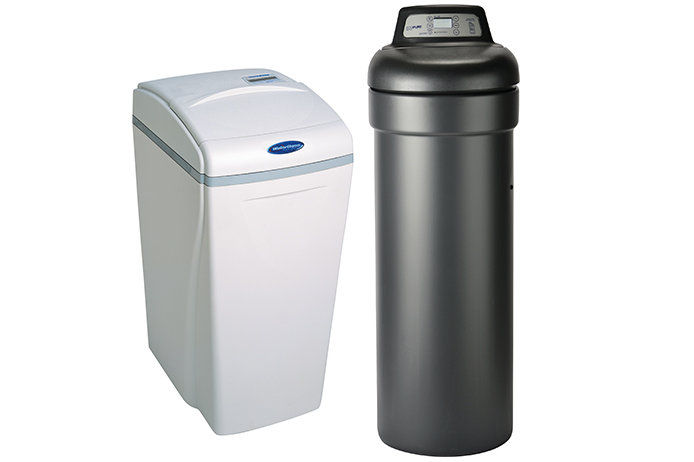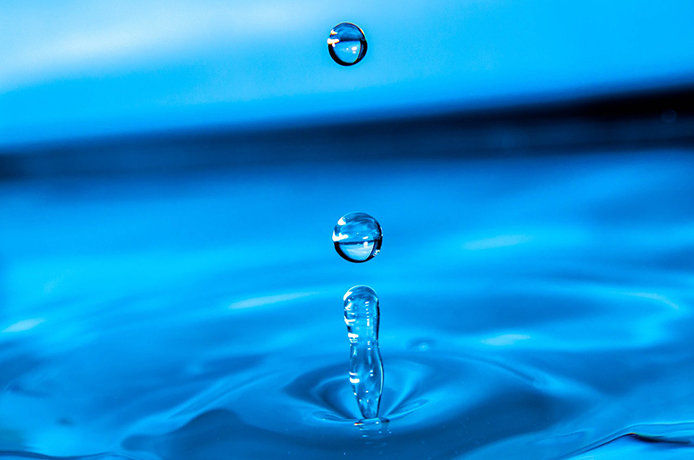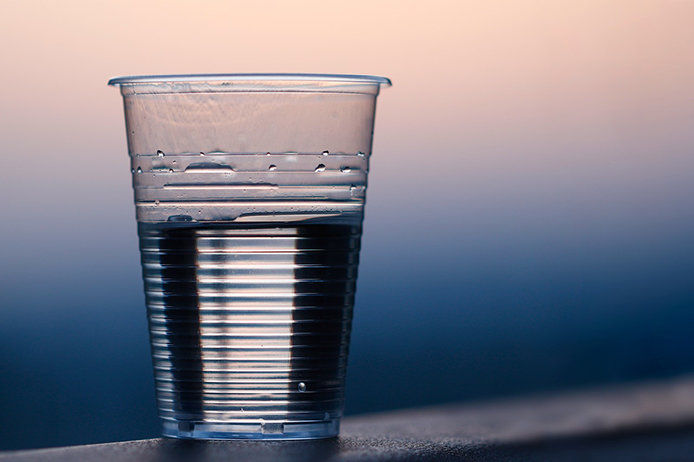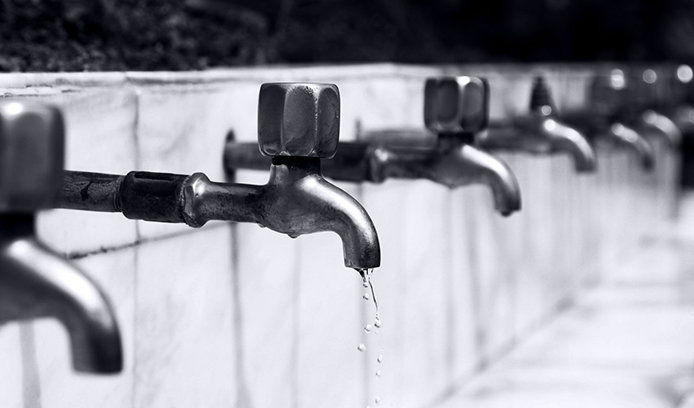What is a Water Softener?
A water softener is a unit that removes minerals from the water that cause the water to be hard.

A water softener is a unit that removes minerals from the water that cause the water to be hard.

When your water passes through the ground it picks up minerals found in the earth like calcium, magnesium, and iron. At high levels these minerals cause your water to be hard. The best way to get rid of hard water is to install a water softener.


Do have water spots on your appliances or rust stains in your toilet?
Are your whites just not staying white?
Is your skin feeling sticky when you wash with soap?
These are all signs of hard water. Having a water softener to treat your water has many benefits.
Homewater101.com created a water hardness map to see the liklehood of your city or state having hard water. You may live in an area that has higher levels of hard water due to high concentrations of limestone that was left over from ancient seabeds that once covered the Unites States.

Adding a water softener to your home has many benefits including saving you money, extending the life of fabrics, reducing your use of soap and cleaning products, and improving performance of your appliances.
Before you determine what water softener is right for you, you'll want to know more about the level of hard water in your home. There are a couple different ways to test your water including a water quality report through your city's water supplier or water testing kit.

Every water softener has a resin tank with small beads called resin. These resin beads soak up the calcium and magnesium from hard water as it passes through the resin tank. When the hard minerals from the water are swapped with the soft minerals from the resin beads, this is called ion exchange which results in the water becoming soft.

Overtime, the resin beads become covered in calcium and magnesium and lose their ability to soften the water. During a process called regeneration, the brine tank that contains a salty brine solution (made from the salt added to the tank), automatically flushes the resin tank. The salty solution forces the calcium and magnesium to be wiped cleaned from the resin beads and replaced with sodium ions. The excess brine solution is then flushed from the softener with fresh water and goes down the drain. The brine tank is refilled and the resin beads are ready to soak up calcium and magnesium again.

First, a brine solution is created with the salt you add to the softener. Hard water goes through the resin tank and calcium and magnesium (hard minerals) cling to the resin beads causing sodium to go into the water. Overtime, the beads get fill of calcium and magnesium, so the salt solution moves through to the resin tank. When that happens, sodium from the brine solution is exchanged for the hard minerals trapped in the beads. The sodium brine and minerals are flushed from the tank and go down a nearby drain. Lastly, the brine tank is refilled and the resin beads are ready to soak up calcium and magnesium again.
Once you've determined if you need a water softener, it's important to find the right water softener for you. There are two types of water softener systems.
a single cabinet water softener that monitors how much water you use and regenerates at night to avoid running out of soft water.
a dual tank water softener with two resin tanks. When one is in being used, the other is regenerating.
Water is something we count on every day and hard water can be uncomfortable and a hassle. Having a water softener will not only reduce the negative impacts of hard water on your home, but also save you money, improve the performance of your appliances, and extend the life span of your plumbing. Visit doitbest.com or local Do it Best store a to find a water softener that's right for you!